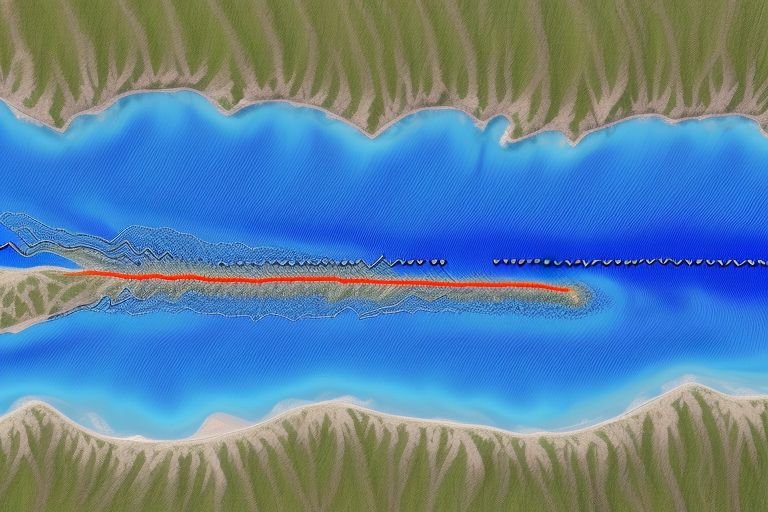In a significant advancement in earthquake prediction technology, AI models are now being refined to predict seismic events with increased accuracy. These models analyze a vast array of seismic data, incorporating both historical records and real-time measurements from seismic sensors. The goal is to enhance earthquake preparedness by providing earlier warnings to communities in earthquake-prone regions, potentially saving lives and reducing economic impact.
Understanding AI-Driven Earthquake Prediction
Artificial Intelligence (AI) in earthquake prediction involves the use of machine learning algorithms to analyze patterns in seismic data that precede earthquakes. These models learn from vast datasets that include past earthquake occurrences, geological surveys, and real-time inputs from an extensive network of seismic sensors deployed around the world.
How AI Models Work
AI models for earthquake prediction operate by:
Data Integration: Combining historical earthquake data with real-time seismic activity monitored through sensors.
Pattern Recognition: Utilizing machine learning to identify patterns and anomalies in seismic data that may indicate impending seismic activity.
Predictive Analytics: Forecasting the likelihood, intensity, and geographical area of potential earthquakes based on recognized patterns.
Advantages of AI in Earthquake Prediction
The integration of AI into seismic forecasting offers several advantages over traditional methods:
Increased Accuracy: AI can process and analyze data at a scale and speed unattainable for human experts, potentially identifying subtle precursors to earthquakes missed by traditional methods.
Timeliness: AI systems can provide faster assessments and forecasts, giving residents and authorities more time to prepare and respond.
Dynamic Learning: These models continuously learn and improve over time as they are fed new data, refining their predictions.
Applications and Implications
The potential applications of AI in earthquake prediction are vast:
Early Warning Systems: AI can enhance existing earthquake early warning systems, providing more reliable alerts to populations in seismic zones.
Urban Planning and Infrastructure: Urban planners and engineers can use AI predictions to design buildings, bridges, and roads that are better able to withstand earthquakes.
Emergency Response Optimization: With better predictions, emergency services can plan and allocate resources more effectively, improving response times after an earthquake.
Challenges to Implementation
Despite the promising advancements, there are challenges in implementing AI for earthquake prediction:
Data Limitations: The accuracy of AI predictions is highly dependent on the quantity and quality of seismic data available, which can be limited in less monitored regions.
Complexity of Seismic Phenomena: Earthquakes are complex geological phenomena that are not fully understood. AI models may struggle to predict events driven by unknown or poorly understood factors.
Ethical and Social Considerations: Dependence on AI predictions can lead to new ethical and social challenges, including public reliance on technology and the management of false positives or missed predictions.
Future Prospects
As AI technology continues to evolve, its potential to revolutionize earthquake prediction and preparedness grows. Ongoing research is focused on enhancing the models’ accuracy and integrating them into broader disaster management and response frameworks.
AI models for earthquake prediction represent a transformative approach to seismic risk management. By harnessing the power of machine learning to analyze complex seismic data, these models aim to provide earlier warnings and contribute to safer, more resilient communities in earthquake-prone areas. As technology advances, the integration of AI into earthquake preparedness strategies offers a promising path towards mitigating the impacts of one of nature’s most unpredictable and destructive forces.



